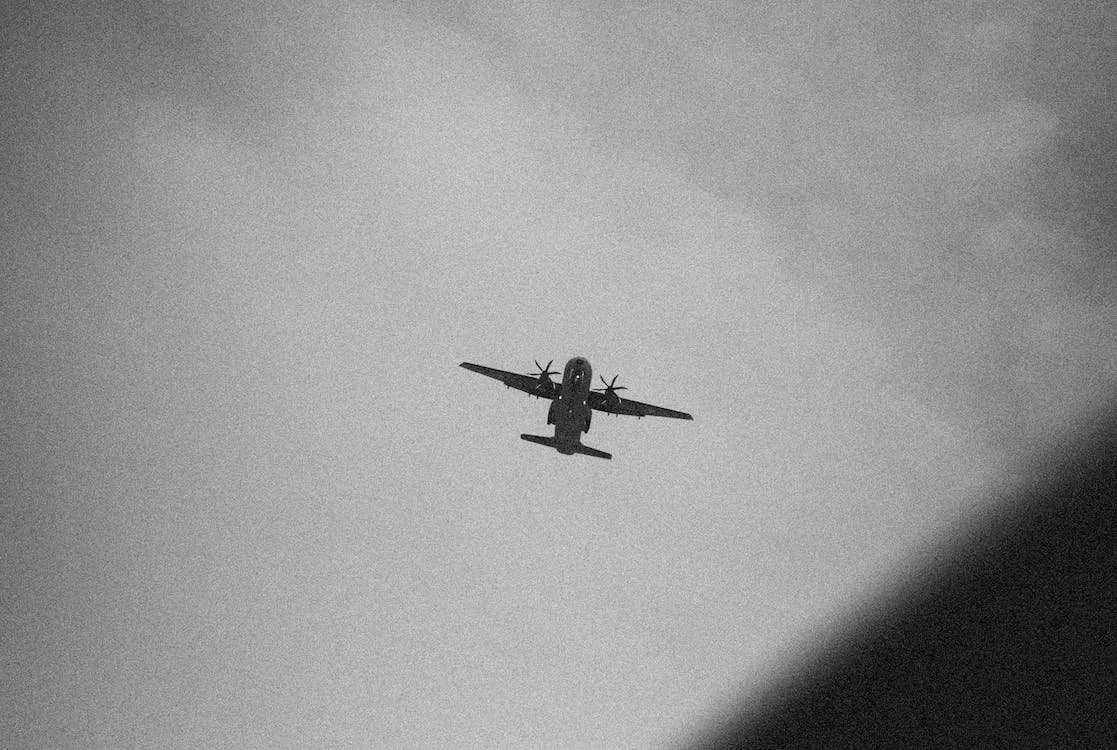When the World Was Meant to Burn
Picture from Pexels by Adonyi Gábor
Jarrett Borkowski
Check out Part I and Part II of this series!
Vasily Aleksandrovich Arkhipov was born on January 30, 1926 to a peasant family in the town of Staraya Kupavna. From a young age, he was pushed towards military service, especially during the time of the Second World War. By the time he was 19, Vasily had been going to the Pacific Higher Naval School when he participated in the incredibly short Soviet-Japanese War in August of 1945 where he served as a minesweeper. After the war, he transferred to the Caspian Higher Naval School to continue his education with the Soviet Navy. By 1947, he graduated from the academy and officially joined the Red Army. With this, he went to serve in the submarine division of the Navy. Over his first few years of service time, he served with the Black Sea, Baltic and Northern fleets of the Russian Navy. He made his service in the military a career and gained recognition over the years.
By 1961, he was appointed the deputy commander of the Hotel-Class K-19 Ballistic Missile Submarine. As a Hotel-Class submarine, the K-19 was a soviet nuclear-powered submarine. These vessels housed a nuclear reactor to power them instead of the traditional coal-powered engines. This change saved money and was generally considered more efficient than conventional power sources. However, the first Hotel-Class series (Hotel I) had a flawed reactor. In July of 1961, the K-19 finished conducting military exercises off the coast of Greenland. A few days after the operation was completed, the submarine suffered a major failure in the reactor cooling system. As a result, the reactor began to overheat and knocked out the communication system. The K-19 was a ticking nuclear bomb, alone in the Northern Atlantic.
The captain of the vessel ordered the seven members of the engine crew to find a solution to prevent a nuclear meltdown. Finding a solution was not pretty. Each member of the engine crew had to spend extended periods of time within close proximity to an overheated nuclear reactor. Eventually, the engineers were able to come up with a secondary coolant system to prevent the meltdown. However, the effects of the incident were fatal to many. Everyone on the K-19 was exposed to high levels of radiation. All seven engineers that prevented the nuclear meltdown died within a month. Over the next 2 years, a further 15 members of the submarine's crew died as a direct result of the radiation sickness. Just over a year later, Vasily would be put in a situation far more tense and dangerous
When the Cuban Missile Crisis broke out in mid-October of 1962, the USSR was quick to respond to the US quarantine set up around Cuba. They sent multiple submarines to Cuban waters to monitor the situation and prepare for war. One of those submarines was the B-59, with Vasily Arkhipov serving as the executive officer of the vessel. On November 27th, US Destroyers located the B-59. Upon becoming aware of the presence of the submarine, the US started to illegally drop depth charges into international waters as a means to force the submarine away from them. This proved to be a grave mistake. The B-59 had uncharacteristically been out of contact with Moscow for a few days. They, like the K-19, were alone in the ocean.
With depth charges being dropped into the surrounding waters, the crew of the B-59 began to fear the worst. It was becoming increasingly clear that war might have broken out, with Moscow possibly being destroyed by a nuclear attack. When the US dropped depth charges into the water, they did not know that the submarine they were provoking was armed with nuclear warheads. Had this been known, it is likely that the submarine would’ve been left alone. However, it wasn’t, and now the crew of the B-59 was considering doing the unimaginable, launching a torpedo with a nuclear warhead toward the United States.
In most cases with the Russian Navy, when it came to launching nuclear weapons, the captain and political officer of the ship both had to agree to launch the weapon of mass destruction. On the B-59, both the captain and political officer of the submarine agreed that war had broken out and it was their duty to the motherland to retaliate against the United States. And with that, a nuclear torpedo was launched from the hull of the B-59 and shot toward the US…but no torpedo was actually launched. The B-59 was not like most submarines in the Russian Navy. Its protocol was that all three officers on the vessel had to agree to a launch of a nuclear torpedo or missile. On the B-59, Vasily Arkhipov was the third officer, the executive officer. The time came to launch the torpedo. An action that, if followed through with, results in total annihilation. The end of life as we know it was in the hands of one man, Vasily Arkhipov.
He said no.
Stay tuned for Part IV!






